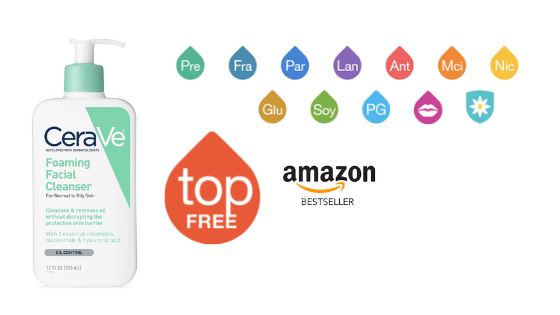Psoriasis ranges from mild to severe. The first line treatments are topical therapies in the form of skin creams or ointments. Dr. Anil Kurian of McMaster University and Dr. Benjamin Barankin of the Toronto Dermatology Center, both in Ontario, Canada, provided a review of the advantages and disadvantages of each of these:
1. Corticosteroids. These are mainstay treatments that are often quite effective alone, and can also be combined with other constituents. The primary disadvantage is that they do not clear up the lesions for everyone.
2. Vitamin D3 derivatives. Oral vitamin D is helpful for many patients. Analogues such as calcipotriol and calcitriol have been developed for topical formulations. They are very safe, and may improve symptoms for some patients.
3. Coal tar. This has been used since ancient times, and is often effective. The disadvantages include a strong odor and potential for staining clothing. Potential adverse effects include contact dermatitis and sensitivity to ultraviolet light.
4. Retinoids. The mechanism of action is different from general immunomodulatory drugs, so these may work for patients who do not respond to other options.
5. Calcineurin inhibitors. These are potent immunosuppressive drugs. They do not penetrate thick psoriatic plaques well, but can be highly effective on some areas, including the face.
Approximately 10 to 20 percent of patients with psoriasis require systemic therapy. Dr. Peter Jensen and colleagues at Copenhagen University Hospital in Denmark provided a review of combination systemic treatments. These authors reported that individual drugs and phototherapy are often used in combination so that the dosage of each agent can be reduced to minimize side effects. “Numerous possibilities for combination therapies exist”, they noted, “but very few are supported by controlled data from controlled clinical trials.”
Jensen and coauthors identified four categories of combinations that are supported by research data:
1. Methotrexate in combination with cyclosporine, phototherapy, retinoids, or betamethasone.
2. Retinoid and phototherapy, the most widely studied combination.
3. Cyclosporine in combination with phototherapy or retinoid.
4. Biologics in combination with methotrexate, phototherapy, retinoid, or cyclosporine.
All of these have shown positive results, but more research is needed to identify the safest and most effective combinations, Jensen concluded.
References:
1. Kurian A et al, “Current effective topical therapies in the management of psoriasis”, Skin Therapy Lett. 2011 Jan; 16(1): 4-7. http://www.ncbi.nlm.nih.gov/pubmed/21293834
2. Jensen P et al, “Systemic combination treatment for psoriasis: a review”, Acta derm Venereol. 2010 Jul; 90(4): 341-9. http://www.ncbi.nlm.nih.gov/pubmed/20574597.
Reviewed June 2, 2011
Edited by Alison Stanton
Linda Fugate is a scientist and writer in Austin, Texas. She has a Ph.D. in Physics and an M.S. in Macromolecular Science and Engineering. Her background includes academic and industrial research in materials science. She currently writes song lyrics and health articles.





